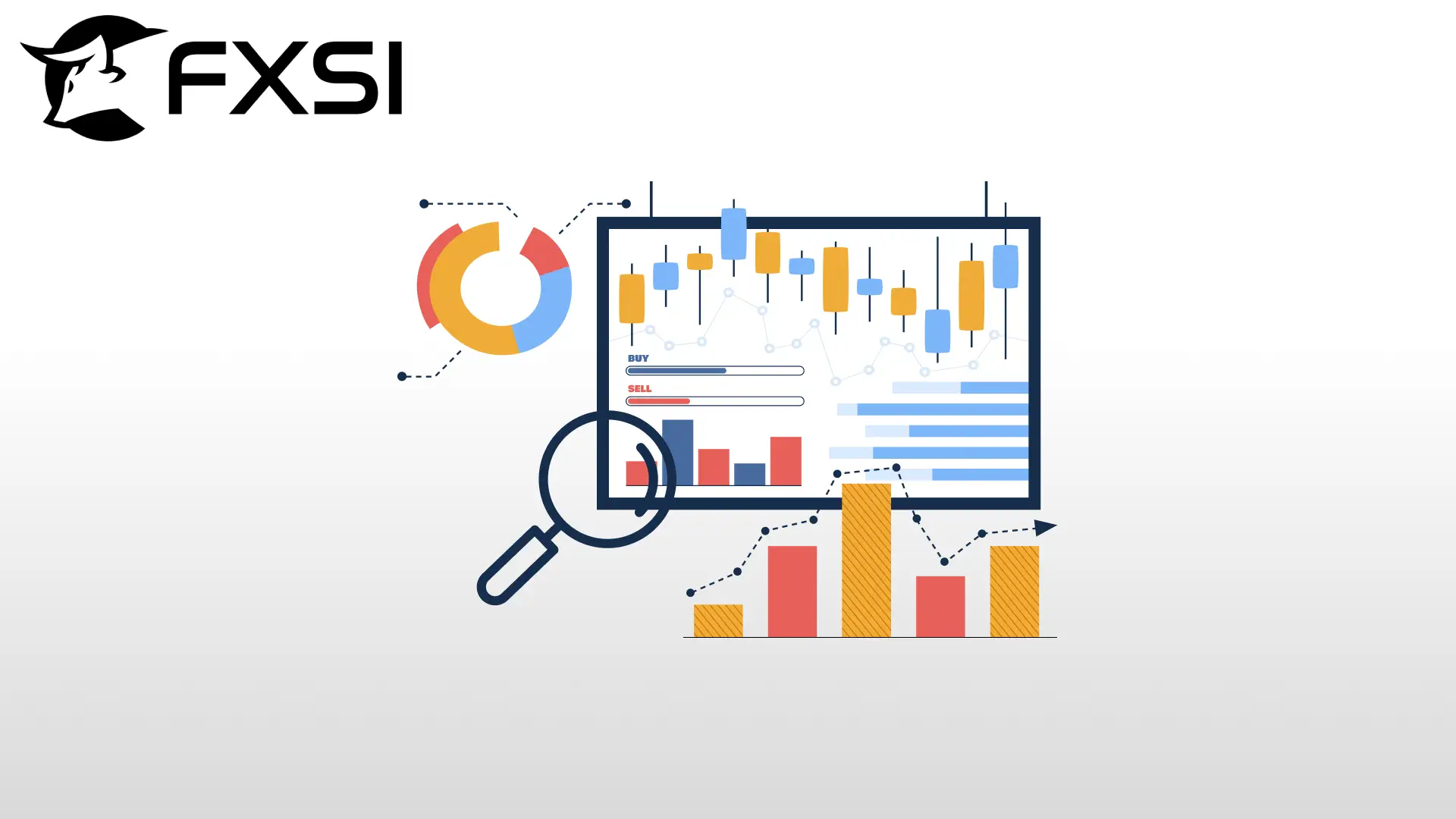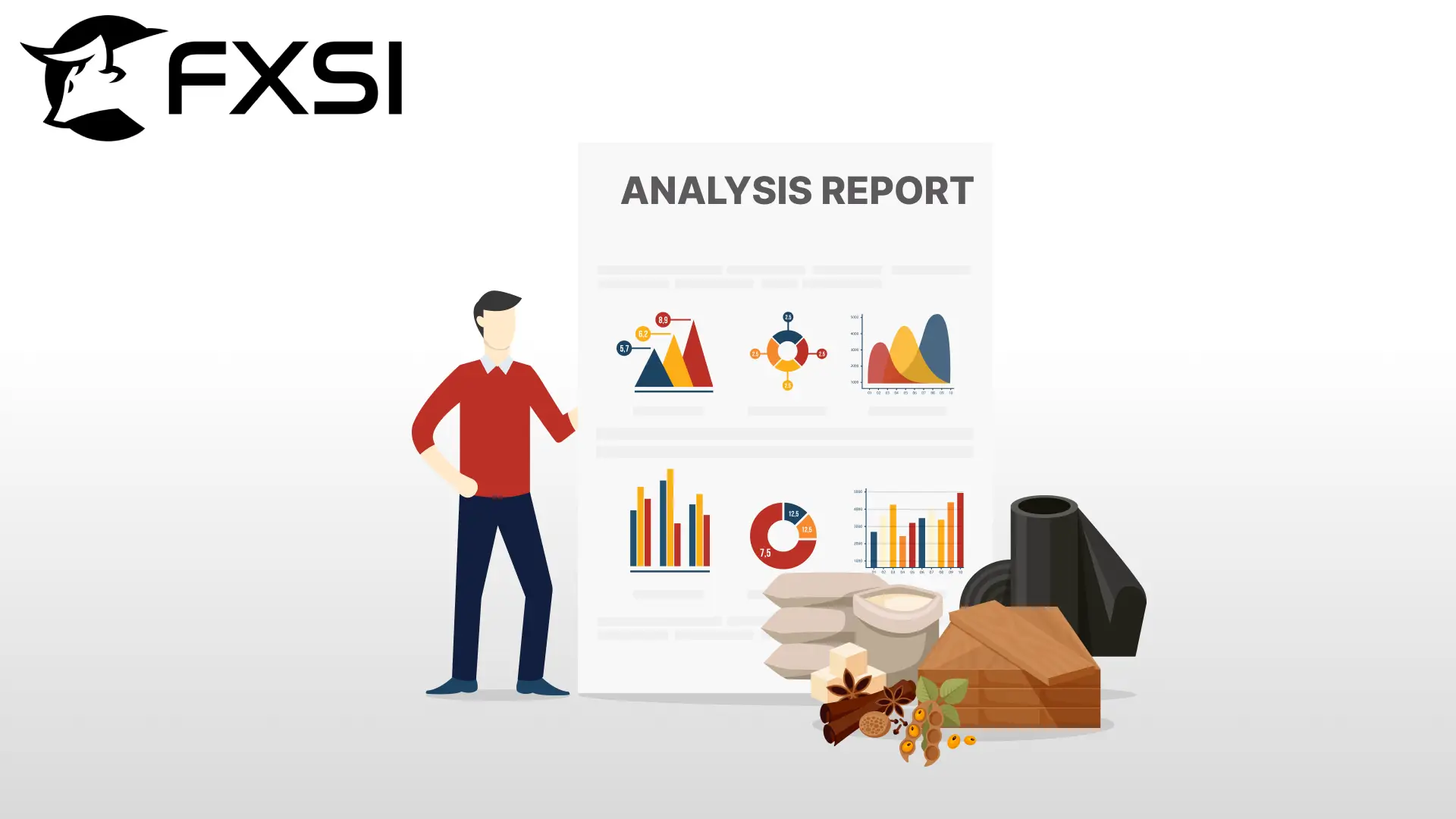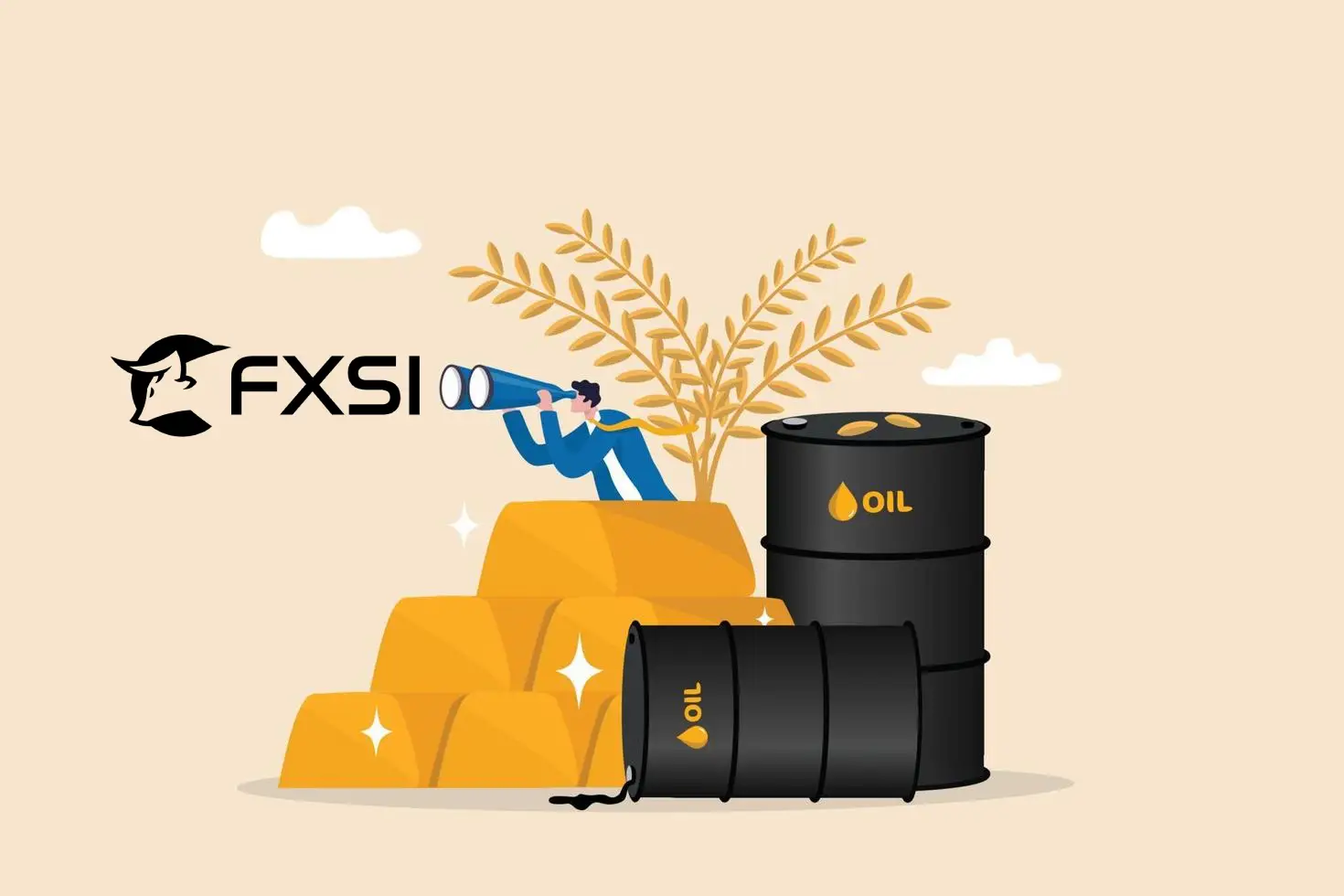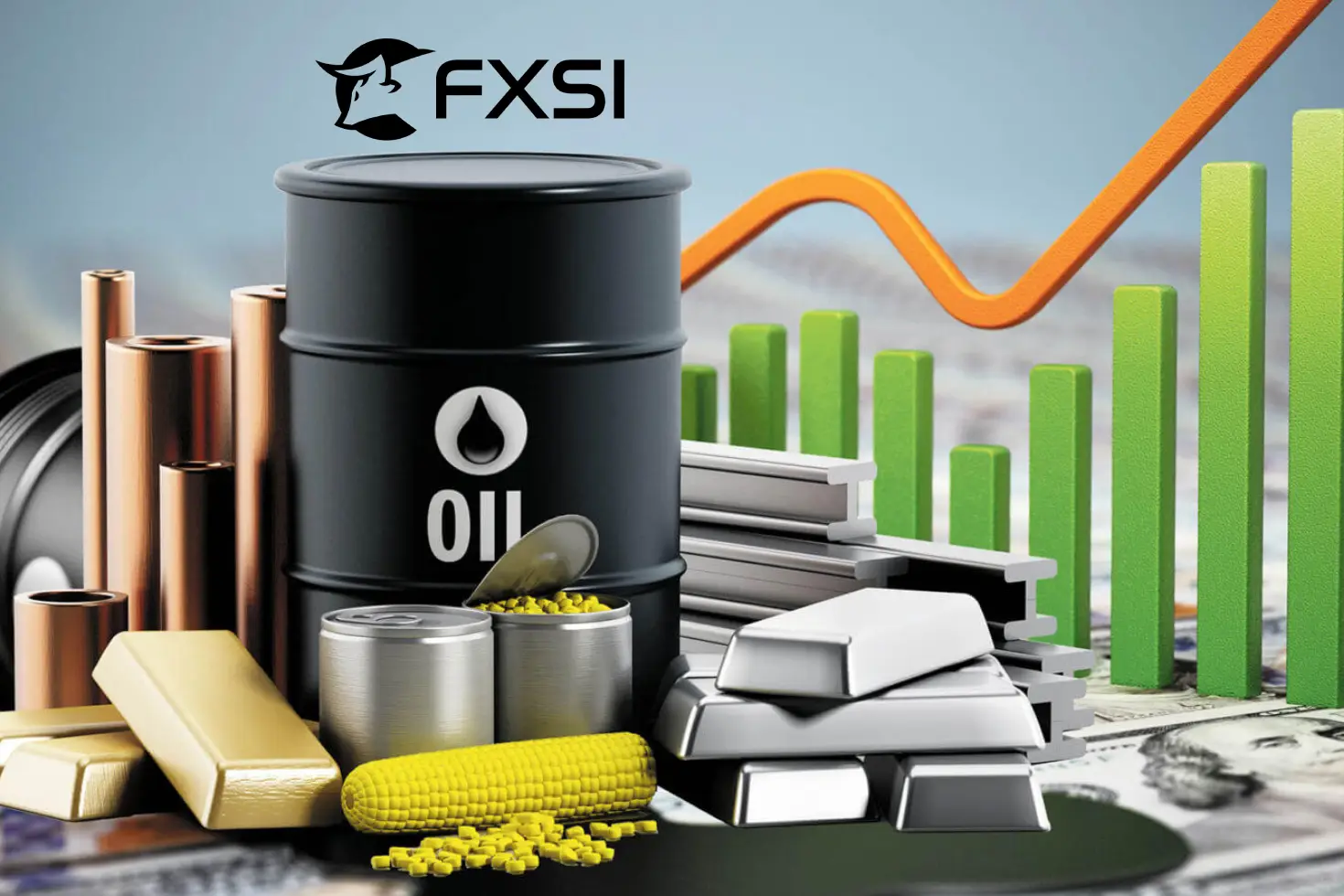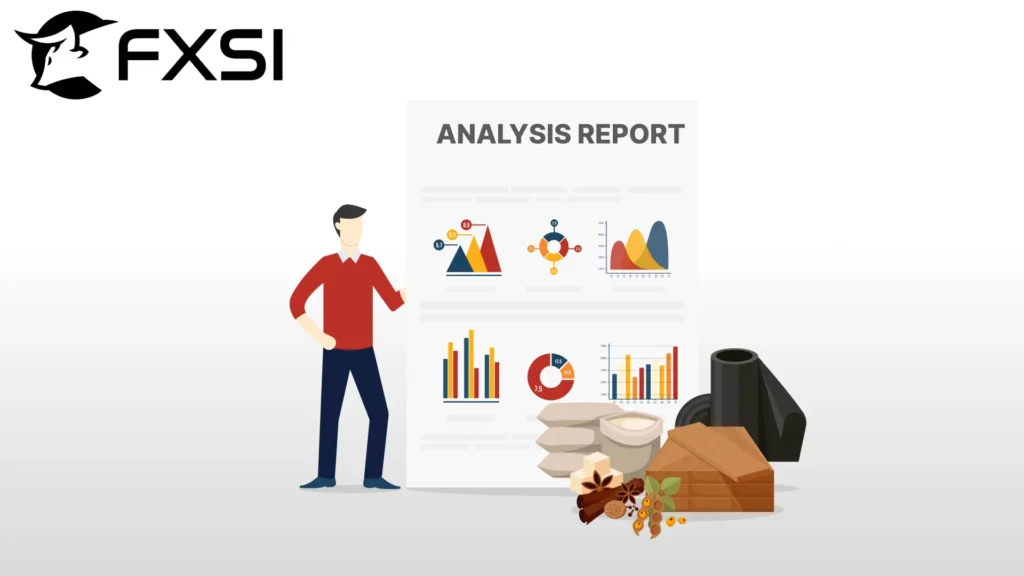Commodities are physical in traits, but they have financial markets associated with them, where single commodities can have an effect on trade relations around the world and affect the economy. Via a commodity market analysis, the trader can understand much more about the commodity’s source, production, and markets on demand.
Let’s learn more about analyzing commodities and how it works!
Understanding the Importance of Commodities!
Commodities mark the starting point of any industrial activity or the end result of consumption. A few basic raw materials can further be classified based on their basis of source and the processes of refinement they go through. Having knowledge about the distinction between primary and secondary goods is very important while checking their trade patterns and rate of inflation.
There are two types of commodities:
Primary Commodities – This includes natural resources that are materials such as crude oil, gas, ores, coal, and also agricultural products.
Secondary Commodities – This includes further categorical forms of primitive goods that undergo some forms of processing and retail and are useful products such as gasoline, or processed metals.
The Important features which characteristics mark commodities include:
- Commodities are available in bulk amounts and can be brought from sellers all around the world.
- The price of transport and storage is very significant to the pricing parameters.
- Pricing is set by the quality, supply, and geographical location, resulting in no established branding in place.
- While some do not expire, others have differing degrees of perishable levels, with certain types being able to be stored for a longer time.
Main Drivers of Commodity Prices
Various external factors as well as fundamental ones determine the price of commodities. The characteristics of a commodity alongside the supply chain economic factors also need to be considered when looking at the prices of such commodities.
This factor structure helps enable an easy way for traders or investors to make informed decisions with the latter seeming formidable to accomplish with comparison.
Three fundamental pillars drive the pricing of a commodity:
- Where – Geopolitical reasons and transport costs have a direct correlation to the delivery location which directly impacts cost.
- When – The time of year and particular seasonal behavior changes have an effect on the value of the market.
- What – The grade or quality of a commodity singularly determines its market value.
Alongside these internal factors, there are external ones too that change price movements actively, such as economy, currency, weather, and geopolitical regions.
Tip: Learn more about CFDs trading in commodity markets!
The Complete Commodity Market Analysis – Trading Methods
The trading of commodities happens through interrelations of producers and buyers which works as trading methods and are considered mechanisms of trade. Methods of trading differ for each participant of the market as it entirely depends on risk tolerance, market understanding, and financial goals. Every trading method is critical for maintaining stability and price determination in the market.
The commodity market utilizes a variety of channels for trading:
- Physical Trading – This is where the buying and selling of goods occur. It entails the actual movement of goods from the producers to the consumers.
- Futures Contracts – This is an agreement that lets buyers and sellers trade based on a certain price for a set time in the future. It is used mainly for speculation and risk management.
- Options and Swaps – These are flexible financial tools used to hedge commodity price risk.
- Spot Markets – These are exchanges where goods are sold or bought and delivered on the spot at the market value.
The market for commodities contains a clear structure as well as several participants.
Note: For more useful information check understanding commodity ETFs and ETNs!
Market Structure & Participants
The commodity market is made up of a number of participants who contribute towards liquidity, efficiency, and stability. Each group has a specific function in the supply chain from extraction to consumption. The understanding of their interaction helps to make reasonable forecasts on price changes and market trends.
The commodity market comprises various players, each serving a distinct role:
- Producers – Mining companies, oil refineries, agricultural firms along other industries are considered as producers as they extract or cultivate commodities.
- Consumers – These are industries and enterprises that need the commodities for them to be manufactured and produced.
- Traders and Speculators – Participants who trade mainly for the purpose of either managing risk or repositioning themselves in anticipation of price movement.
- Exchanges and Regulators – Like its commodity market, the stock market has an organized marketplace, the stock exchange, where stocks and shares trade. There are also government authorities to monitor the market for any foul play to ensure market balance.
Supply Chain Dynamics
To better understand the commodity trading analysis framework, it’s important to know more about the supply chain of commodities.
Effective Supply Chain Management leads to the availability of products at stable prices and enhances competition within the industry. Participants in any given industry must improve their supply chain management to sustain their profits and fulfill the market’s demand.
Here’s how the commodity supply chain functions:
- Extraction and Production – Acquisition of a commodity involves sourcing a commodity from a natural reserve or cultivation of a commodity through agriculture.
- Processing and Refinement – Commodities need to be processed to make them more usable and improve their market value.
- Storage and Transportation – We deliver products that are in stock to eliminate the stock and there is a requirement to bring in more stock. For seamless delivery and stock maintenance, warehousing and logistics play a pivotal part.
- Market Distribution – Delivering commodities to consumers using distribution channels, traders, and retailers is known as marketing commodities.
Note: If you’re new to commodities, check our beginner’s guide!
Risk Management in Commodity Trading
There’s always a question of how to ensure a profit or minimize losses on investment without engaging actively on a daily basis. Managing risk effectively is one of the most important factors when dealing with volatile commodity markets. By properly implementing risk management, participants can protect the investment portfolio from extreme losses in case of unexpected market price movements.
Some of the strategies include:
- Hedging – Reducing price risk with the help of futures and options.
- Diversification – Investing in multiple different commodities in order to lessen exposure to volatile markets.
- Market Analysis – Using business intelligence, trend analysis, and trading economics for decision-making.
- Regulatory Compliance – Compliance is practiced to avoid industry legal and financial risks.
Conclusion:
It’s undeniable that the trader has to take into account the fundamentals and the characteristics of the market, the price drivers, the business model, the supply chain, and the risk management policies to accurately assess the complexity of the commodity markets.
From producers, traders, or consumers, the commodity market analysis framework offers accurate estimations to enable balanced decision-making for economic growth.
